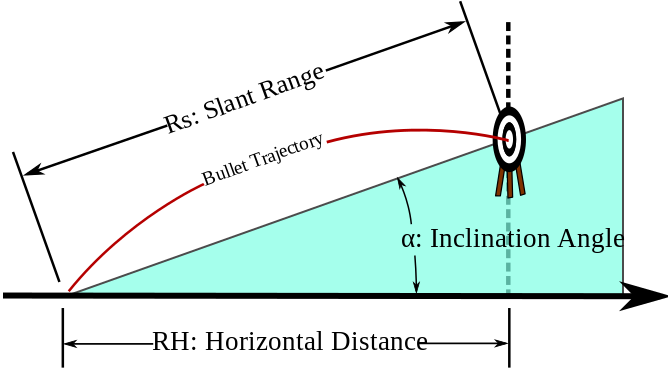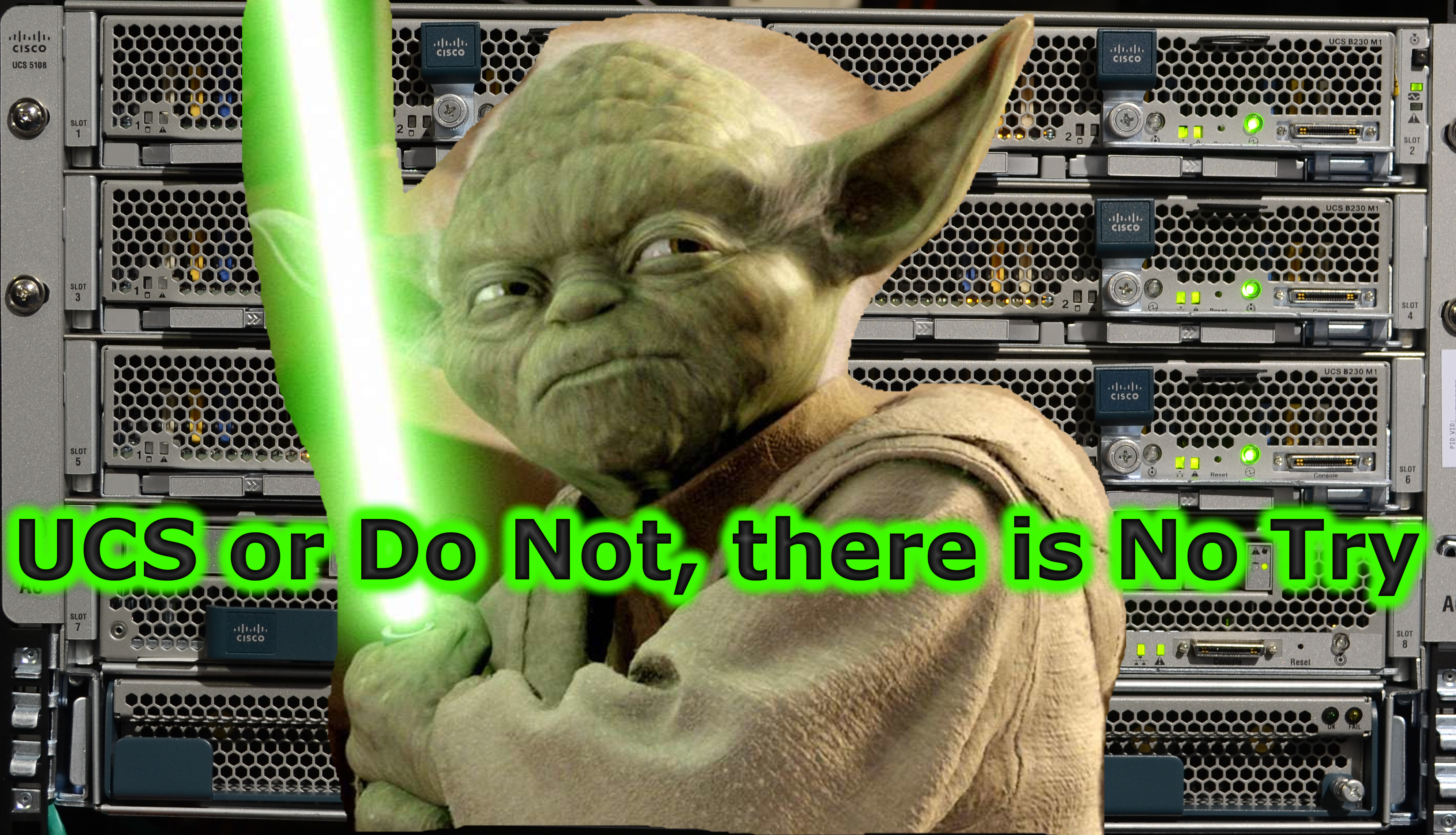 May 16th, 2013
May 16th, 2013
Trajectories are telling. They tell where an object started, where it currently is, and where it is most likely headed. While Gartner Magic Quadrants are “point in time” research reports and stand independent of any previous or future report, comparing the movement of vendors within the quadrant over time provides insight on where a vendor started, where they currently are, and where they are most likely headed. Keeping trajectories in mind, let’s examine Gartner’s recently updated Magic Quadrant for Blade Servers (2013).
Compared to last year’s quadrant, one could say there was very little change for most vendors overall. In fact, Fujitsu was the only vendor that moved quadrants – a ‘visionary’ in 2012 but a ‘challenger’ in 2013. Focusing on the ‘leaders’ quadrant, a reader must closely inspect HP, IBM, and Dell to notice any movement relative to 2012. HP dropped slightly on ‘ability to execute’ while IBM and Dell each increased slightly in both execution and vision. Cisco was the only vendor that recorded significant jumps in both ‘ability to execute’ and ‘completeness of vision’.
An interesting mental exercise is to “connect the dots” for each vendor over the last few years. In other words, plot out each vendor’s multi-year trajectory. For those who don’t have a photographic memory, my friend @Kevin_Houston over at bladesmadesimple.com has provided links to 2009, 2011, 2012, 2013 and an overlay of 2009->2013.
Why no 2010 report? Gartner updates the magic quadrant every 13+ months. 2010 fell in the gap.
A reasonable extrapolation is that HP and IBM are settled into comfortable positions in the top-right of the ‘leaders’ quadrant while Dell has staked out a familiar place more towards center-graph. Cisco’s trajectory, on the other hand, shows both rapid and consistent growth in ‘ability to execute’ and ‘completeness of vision’ since their entry into the market.
In 2009, Cisco first launched UCS and made their debut into the server market. Gartner placed Cisco in the ‘Visionary’ quadrant that year indicating a solid product and solution vision yet an unproven ability to execute on it. By 2012, Cisco had proven their ability to execute enough to earn their way into the ‘Leaders’ quadrant for the first time. Now in 2013, Cisco has once again improved dramatically in their quadrant positioning with strong showings in both ‘ability to execute’ and ‘completeness of vision’ and earned a place squarely in the middle of the ‘leaders’ quadrant. In addition to magic quadrant placement, Cisco rose from 0% of the worldwide x86 blade market share in 2009 to the #3 spot by the end of 2012.
These consistently rising trajectories in both market share results and Gartner’s magic quadrant are indicative of Cisco’s dedication of time, energy, and resources to the UCS platform. While the Magic Quadrant doesn’t reflect any vendor endorsement by Gartner, Cisco UCS customers can reasonably deduce that they have NOT chosen a vendor satisfied with the “me too” or “good enough” mentalities. They’ve chosen a vendor with a clear vision for developing innovative solutions to real customer problems and the ability to execute on that vision.
If you want to try and predict where Cisco UCS goes from here, use trajectories as your best guide.
————————————————————————————————————————————–
Disclaimer: Some of the individuals posting to this site, including the moderators, work for Cisco Systems, Inc. Opinions expressed here and in any corresponding comments are the personal opinions of the original authors, not those of Cisco.
Go to Source
Author: mseanmcgee
Powered by WPeMatico

